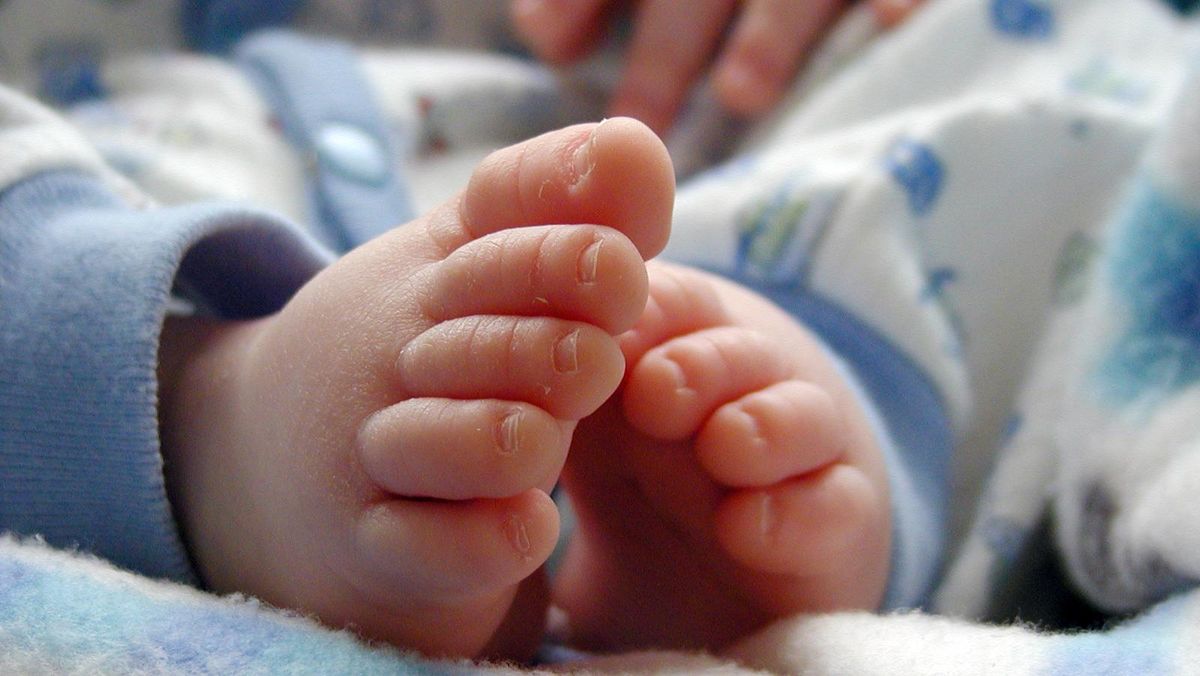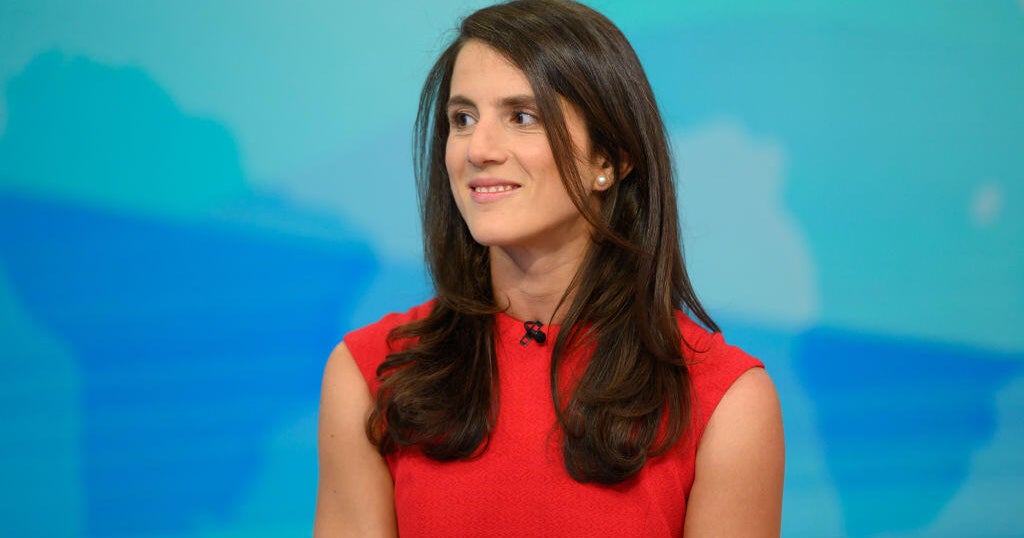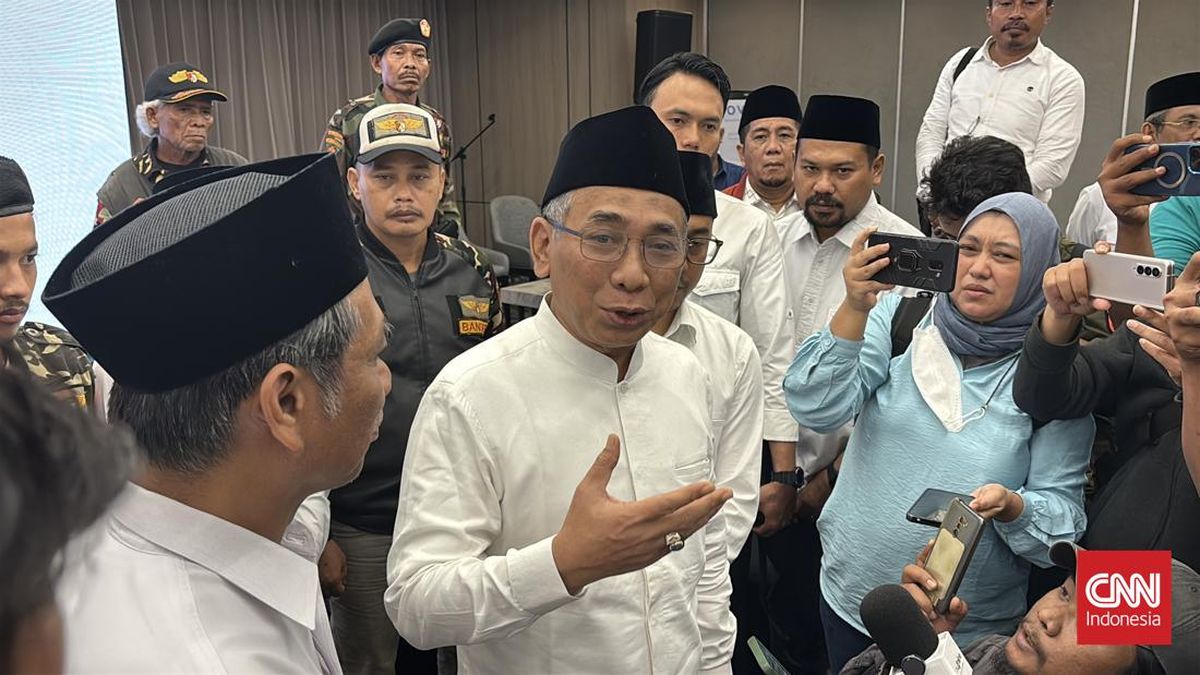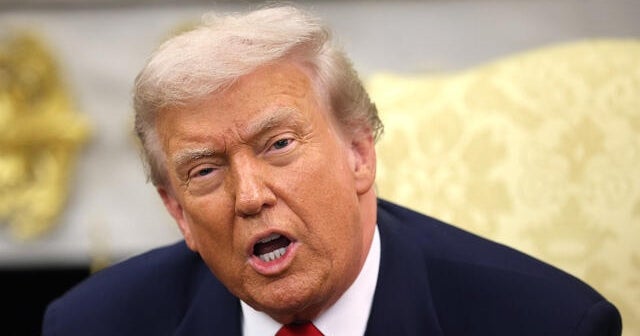Netflix could be fined almost $1 billion if it fails to meet its local content obligations under the government’s proposed streaming quotas bill, which is expected to be tabled in Canberra next week, after years of debate and negotiation.
The amendment to the Broadcasting Services Act, which aims to guarantee a minimum spend by the streamers on Australian content other than sport, reality and news, will apply to all subscription video on demand (SVOD) streaming services with more than 1 million subscribers.

The streamers will have to clear a significant spending hurdle by making more shows like Netflix’s Boy Swallows Universe if they are to avoid enormous fines. Credit: Netflix
There is currently no obligation for the streamers to commission any Australian content at all.
On current subscriber numbers, the new rules would capture Netflix, Amazon Prime Video, Disney+, Paramount+, Stan and Binge. Apple TV is understood to be close to that threshold, and HBO, which has only recently launched, is likely to cross it within a couple of years.
Though only Paramount has commented publicly – saying it is “engaging in the parliamentary process to ensure the local content requirement is fair, equitable and guarantees a sustainable and viable screen industry for all players” – multiple streamers have told this masthead on background that they have serious concerns the bill will have unintended negative consequences, particularly on the cost of production.
Loading
The streamers will be given two options for calculating their investment obligation (IO): they can opt to dedicate 10 per cent of their total programming expenditure (including international) to new Australian drama, children’s, documentary, entertainment and arts; or they can dedicate 7.5 per cent of their Australian revenues (from subscriptions, advertising and any other sources).
Netflix, which is the largest streaming service in Australia by some margin with more than 6 million paid subscribers and a reach of more than 14 million viewers, reported expenditure of $1.25 billion in FY2024, and Australian revenue of $1.3 billion.
Its obligation under the revenue model would be $97.5 million. The expenditure model is more difficult to calculate, as the $1.25 billion figure includes costs for items other than content.
Each streamer can choose which model to apply, but once they have done so they are committed to it for the following three years.
They will be able to roll over their spending obligations within that three years (to account for the fact it can take a considerable time from commissioning to delivery). But failure to hit those targets within the three-year window will come at a massive cost, with a penalty rate of 10 times the expenditure obligation – meaning Netflix could be fined $975 million if it falls short of its obligation.

Stan’s Thou Shalt Not Steal, starring (left to right) Miranda Otto, Sherry-Lee Watson, Will McDonald and Noah Taylor.Credit: Stan
The same equation would also apply to the other streamers, though with lower figures.
The explanatory memorandum to the bill, which is expected to pass when it goes before Parliament this week, says “the approach taken to penalties … aims to provide an effective deterrent” to streamers deliberately underspending: “The penalty imposed by this provision must be high enough to deter the large, often multinational companies that will be captured by the requirement. A small fine would not act as a deterrent.”
Quotas for the streamers have been under consideration since 2017, but until now the closest any government had come to legislating such a measure was the voluntary, self-assessed 5 per cent levy proposed by the Coalition in 2021.

All streamers with more than 1 million subscribers will be required to fund Australian content.Credit: The Age
After Labor came to power in 2022, then arts minister Tony Burke vowed to have streaming quotas in place by July 1, 2024. That deadline came and went with negotiations bogged down on the appropriate level of a levy (the Greens and production sector insisted on 20 per cent), and on the threat of a legal challenge from the Hollywood studios over possible breaches of the Australia-US Free Trade Agreement.
The deadlock was finally broken earlier this month, soon after Prime Minister Anthony Albanese’s visit to Washington, when the government made it known it was poised to introduce legislation.
Indications are that the Greens will not block it, while lobby group Screen Producers Australia has given its approval, despite the figure being set well below the 20 per cent for which it has long argued.
The government argues that regulation is needed to guarantee the streamers commit to the production of Australian content, to provide stability to the production sector and to bring about consistency in the broadcasting space (pay TV and free-to-air broadcasters currently have Australian content obligations, though SVOD providers do not).

The bill was announced just a fortnight after Prime Minister Anthony Albanese met US President Donald Trump at the White House in October.Credit: Getty Images
Speaking on background to this masthead, the streamers have raised concerns with the legislation, including the lack of time to respond to what appears to be a final model. All, however, accept it is likely to be in place by January 1.
Though their objections are varied – reflecting their different business models – all are united in fears that quotas will inflate the costs of production.
But according to the government’s projections, there is unlikely to be a sudden surge in either spending on or hours of local content commissioned by the streamers.
Its modelling – drawn from data collected by the Australian Communications and Media Authority (ACMA) – suggests that in the three years since FY 2021-22, spending on Australian content (excluding sport, reality and news and current affairs) by the streamers has averaged around $228 million, for 59 hours of content.
Under the proposed legislation, it predicts, “the expenditure requirement is estimated to require all SVODs in Australia to spend a total of between $175 million to $200 million each year on new Australian content (approximately 48 to 53 hours of content).”
The bill is expected to be tabled on Thursday.
Find out the next TV, streaming series and movies to add to your must-sees. Get The Watchlist delivered every Thursday.
Most Viewed in Culture
Loading


















































